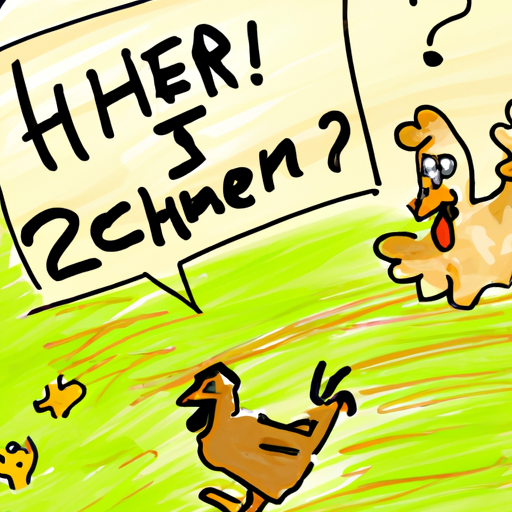Having a dog and chickens can sometimes be a challenging mix. If you’ve ever asked yourself, “why do dogs kill chickens?”, you’re not alone. This behavior is not only stressful for the chickens but also for the dog owners who care for both pets.
Table of Contents
1. Understanding the Predatory Instinct
2. Training Your Dog to Live with Chickens
3. Preventive Measures to Protect Chickens
4. Frequently Asked Questions
Key Takeaways
– Dogs are natural predators, and chickens often stimulate their hunting instincts.
– Consistent training can help reduce your dog’s chicken-chasing behavior.
– Preventive measures should be taken to protect your chickens from dogs.
– Dogs and chickens can coexist peacefully with the right approach.
Understanding the Predatory Instinct
Dogs are natural predators. This trait is hard-wired into their DNA, from their wild ancestors. Chasing, capturing, and killing prey are all part of a dog’s natural hunting sequence. Most dogs never have to hunt for their food, but that doesn’t mean they’ve lost the instinct entirely. Sometimes, the sight, sound, or movement of chickens can trigger this hunting instinct.
While dogs don’t necessarily want to harm the chickens, their playful nature and size can inadvertently lead to injuries or even death. This behavior can be seen in different breeds, and it is not always dependent on the dog’s size or the specific breed (American Kennel Club).
To better understand how to prevent this behavior, we need to delve deeper into canine psychology. Onetopdog provides a comprehensive insight into the behaviors and instincts of different dog breeds.
Training Your Dog to Live with Chickens
Training a dog to live peacefully with chickens is not impossible, but it requires patience and consistency. Here are some tips to help you:
-
Start training early: The earlier you start training your dog about the presence of chickens, the easier it will be for them to adapt. Puppies are usually more trainable than older dogs.
-
Use a leash: Initially, always have your dog on a leash around chickens. This gives you control and prevents any sudden attacks.
-
Reward good behavior: Whenever your dog behaves well around the chickens, reward them with treats and praises. This reinforces positive behavior.
-
Consistent training: Consistency is key in dog training. Make sure to maintain regular training sessions.
-
Professional help: If your dog’s predatory behavior continues, it might be a good idea to seek professional help from a dog trainer or behaviorist.
For more detailed information on training your dog, check out these dog training tips.
Preventive Measures to Protect Chickens
While training is crucial, it’s also important to take preventive measures to protect your chickens.
-
Secure the chicken coop: Make sure your chickens are securely housed. The coop should be robust enough to keep dogs out.
-
Fencing: Installing a fence around the chicken area can keep dogs at bay.
-
Supervision: Never leave your dog unsupervised with the chickens, especially in the initial days of training.
-
Separate spaces: If possible, keep separate spaces for your chickens and dogs. This can go a long way in preventing unwanted incidents.
For more ideas on chicken protection, you can visit Onetopdog’s guide to protecting chickens from predators.
Frequently Asked Questions
Why do dogs chase chickens?
Dogs chase chickens due to their natural hunting instincts. The movement of chickens can trigger this instinct, causing dogs to chase them.
Can I train my dog not to kill chickens?
Yes, with patience and consistent training, it’s possible to train dogs not to harm chickens. However, supervision is always recommended when dogs and chickens are together.
Are certain dog breeds more likely to kill chickens?
While the hunting instinct is present in all dogs, certain breeds with a high prey drive, like terriers and hounds, might be more prone to chase and kill chickens.
In conclusion, while it’s a challenge, dogs and chickens can coexist peacefully. Understanding your dog’s instinct, proper training, and taking preventive measures are key to achieving this harmony. It’s all about patience, understanding, and consistency.



